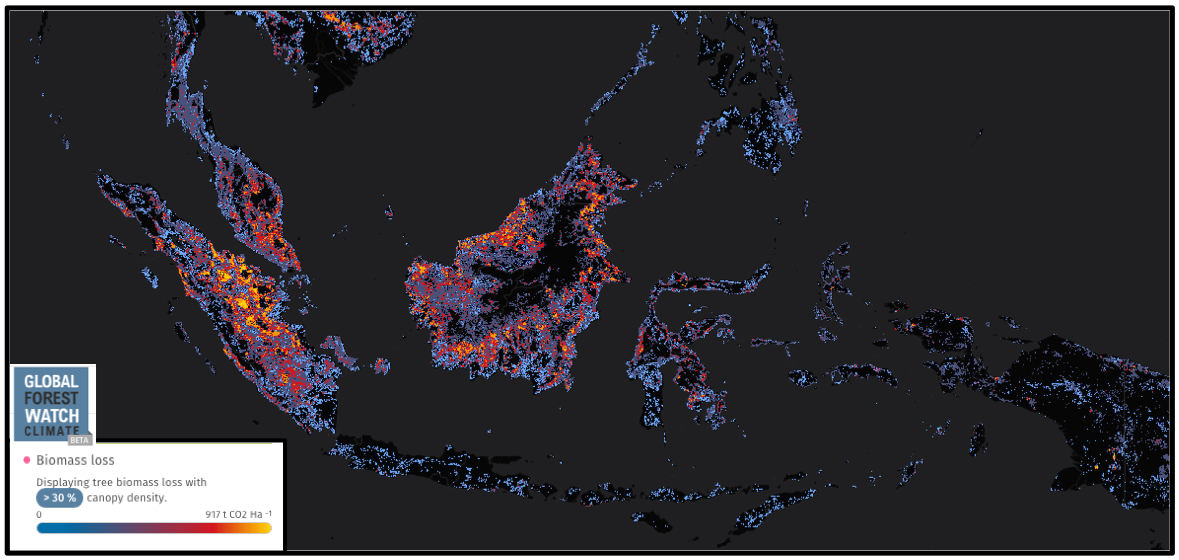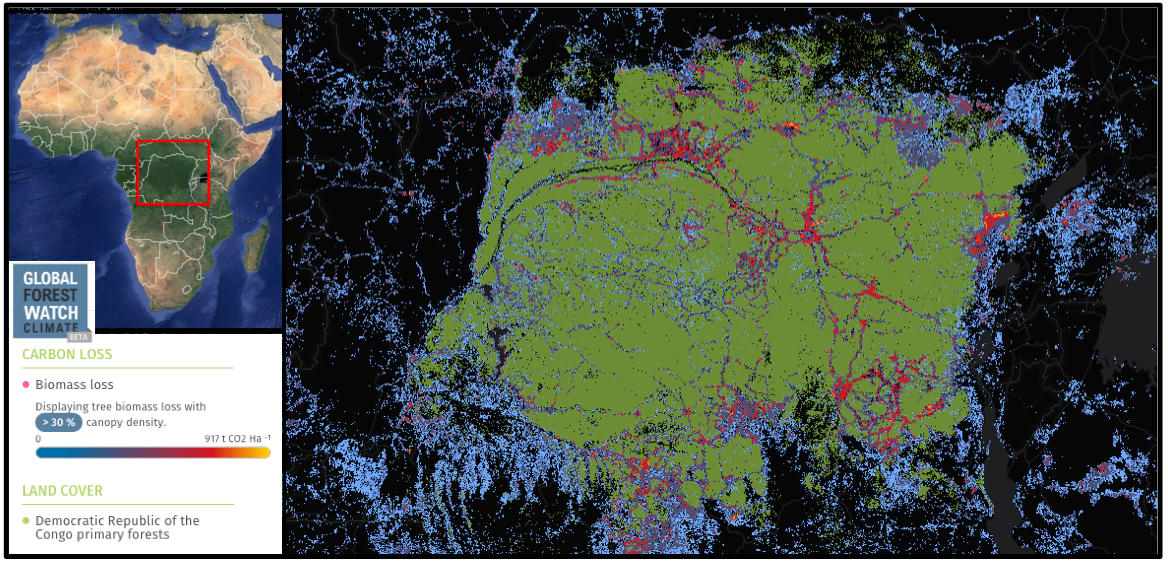- New research finds cutting carbon emissions from tropical deforestation in half is one way to keep global warming to less than 2 degrees Celsius by 2020.
- The platform pegs the average global emissions of tropical deforestation at 2,270 million metric tons per year over the past decade. Brazil is responsible for nearly 47 percent of that.
- Researchers say that if emissions from tropical deforestation are to be halved in the next five years, Brazil will need to dramatically reduce its deforestation and keep it low.
This is the first in a two-part series. Read the second part here.
Heads of nations are meeting right now at the COP21 conference in Paris, where they are brainstorming ways to avert catastrophe by limiting global warming to 2 degrees Celsius over the coming years. Keeping carbon in the ground is a crucial element of this goal, and as forests are still our best bet for doing that, deforestation is playing a central role in the discussions.
To create a baseline and help people keep tabs on deforestation and the world’s carbon stores, the World Resources Institute (WRI) yesterday debuted Global Forest Watch Climate. The latest in its Global Forest Watch (GFW) series of forest monitoring platforms, GFW Climate is a mapping and analysis tool that displays the emissions impacts of deforestation in tropical areas around the world.
Why the tropics? Because tropical forests are experiencing the world’s highest rates of deforestation. Topping the list of drivers is industrial agriculture, which is clearing trees to grow palm oil and cattle, paper and soy, along with many other commodities. Logging is also having big impacts around the world. For instance, a study in 2014 found Indonesia lost more than six million hectares of forest from 2000 through 2012, primarily to commodity production and timber extraction. Half of this loss occurred in the country’s endangered lowland forests, home to critically endangered orangutans, tigers, and rhinos.

Important wildlife habitat isn’t the only thing lost when forests are razed. Trees store lots of carbon, which is released when they are cut or burned down. Using GFW Climate, researchers at WRI found that the carbon dioxide released by tropical deforestation amounted to an average of 2,270 million metric tons every year between 2001 and 2013. That’s roughly equivalent to the 2011 emissions of India, a country with nearly 1.3 billion people. Their accompanying research is published in Global Change Biology.
The researchers scaled emissions per country, finding Brazil was by far the biggest contributor of tropical deforestation-related carbon dioxide, emitting nearly 47 percent of the global load. Next up was Indonesia at 8.7 percent. Colombia and Bolivia followed at 3.4 percent and 3.2 percent, respectively, with Madagascar and the Democratic Republic of Congo (DRC) not far behind.
While Brazil had the biggest proportional score, anti-deforestation measures markedly decreased its annual emissions over the past decade. In their study, the researchers write that “from 2001-2013 Brazil ranks first for both carbon emissions from gross tropical deforestation and reductions in those emissions — its share of the total declined from a peak of 69% in 2003 to a low of 20% in 2012.”



However, these numbers are likely to change as the platform is updated. Recent data indicate deforestation in Brazil is once again on the rise, and the fires that recently ravaged Indonesia are putting the island nation on track to beat the U.S. and become one of 2015’s biggest overall emitters. In a blog post, WRI cautions that the emissions of many other countries are also on the rise, including the DRC, Cambodia, and Myanmar.
The researchers write that cutting emissions from tropical deforestation in half is one way to limit global warming to 2 degrees Celsius by 2020, and thereby stave off the worst impacts of climate change. For this, they say Brazil holds the key. But to do so, the county needs to reduce its 2001-2013 average annual emissions by 60 to 80 percent. They recommend strengthening the public policies and private initiatives that so dramatically reduced the country’s deforestation rate from 2003 through 2012.
“Achieving the target will therefore be challenging, even though it is in the self-interest of the international community,” the authors write. “Conserving rather than cutting down tropical forests requires shifting economic development away from a dependence on natural resource depletion toward recognition of the dependence of human societies on the natural capital that tropical forests represent, and the goods and services they provide.”
Disclaimer: The Global Forest Reporting Network receives funds from World Resources Institute (WRI). However, WRI has no editorial input.
Citation:
- Zarin, D. J., et al. (2015) Can carbon emissions from tropical deforestation drop by 50% in five years? Global Change Biology, doi: 10.1111/gcb.13153
